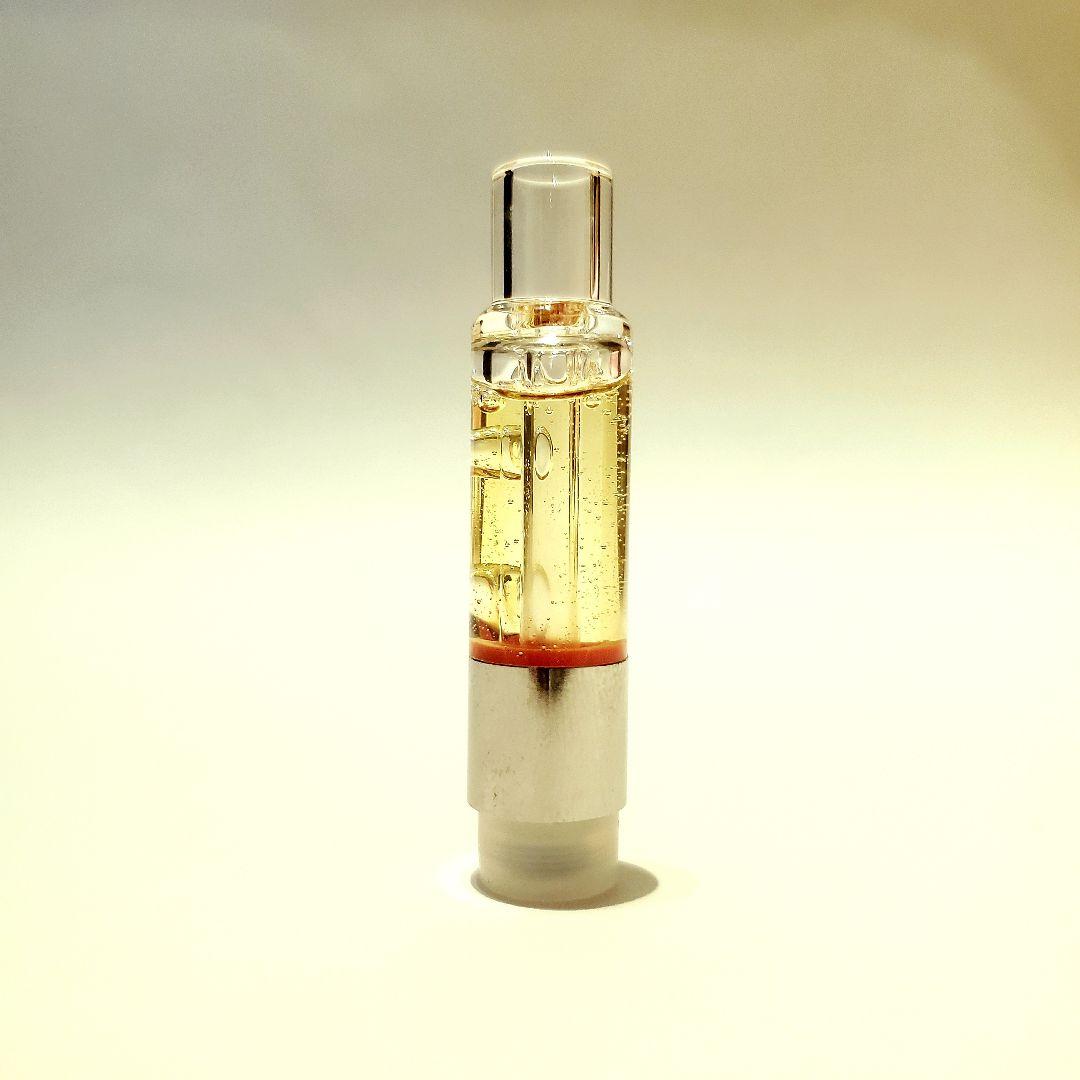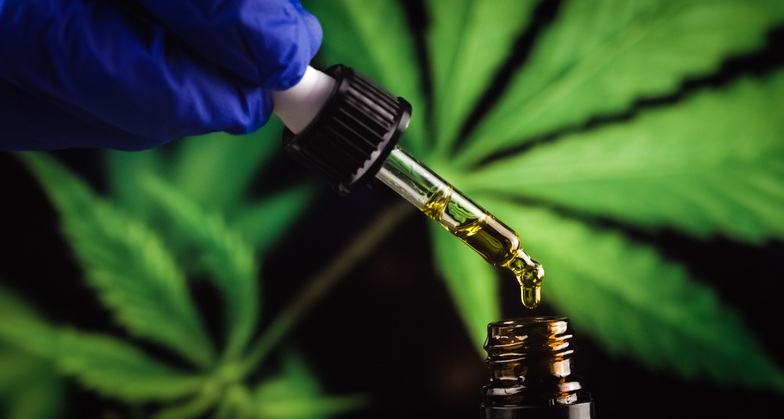Tatra Hemp H4CBD cartridge and REVIEW from WEEDBLOG. What is the vape cartridge with H4 CBD from the Slovak brand Tatra Hemp from the East? We bring unique experience with a significantly more effective alternative to the cannabinoid CBD (Canabidiol), which has been added under the name H4. Why? This is a so-called hydrogenated alternative to the classics, because four hydrogen atoms have been added to the original molecule. Thanks to this, a substance with up to several times more noticeable effect was created. But what does real experience say about this theory? Is the gap between cannabinoids really that big?
The hemp industry can be described without fear as one of the most innovative industries of today’s time, which shoots innovation after innovation. Just look at the United States of America, where they sell cannabinoids that the vast majority of Slovaks have no idea about. Now, however, I am not referring to the popular HHC , THC Delta 8 or even Delta 10 , but an effective substance called H4CBD, which has already arrived in little Slovakia. So what is it about?
Tatra Hemp H4 CBD cartridge JACK HERER
The Tatra Hemp H4 CBD cartridge, to which this test is dedicated, contains a golden colored hemp distillate with the terpene profile of the iconic JACK HERER strain. However, the most interesting thing this time is the cannabinoid Hexahydrocannabidiol itself in up to 92 percent cadence, which can be safely described as a significantly more sensitive version of the media-famous substance CBD (Cannabidiol). The hydrogenation process added 4 hydrogen atoms to the basic molecule, resulting in a cannabinoid with significantly higher sensitivity. Apparently, the extraordinarily high affinity ( 145 nM) with the CB1 receptor in the human body, which is basically one of the biggest differences compared to the classic CBD on store shelves
H4CBD is a cannabinoid that was first synthesized by Todd’s group who created it by catalytic hydrogenation of cannabidiol. In 2006, H4CBD was found to have a binding affinity of 145 nM for the CB1 receptor and potential anti-inflammatory effects independent of its action on the cannabinoid receptor .




